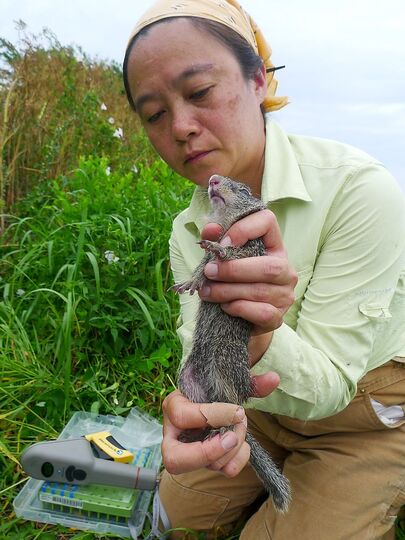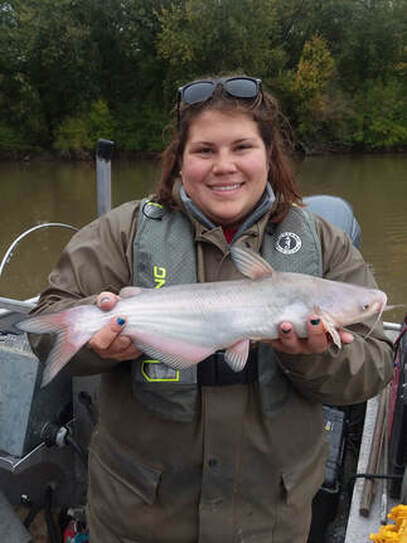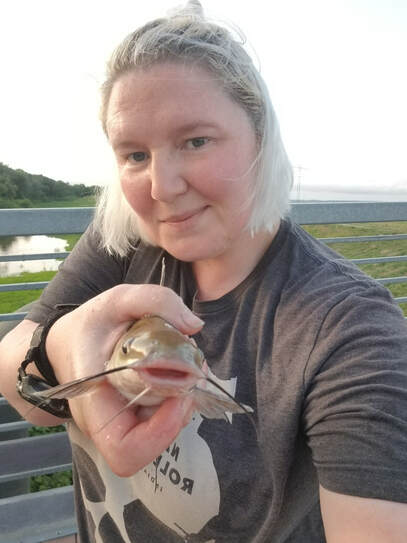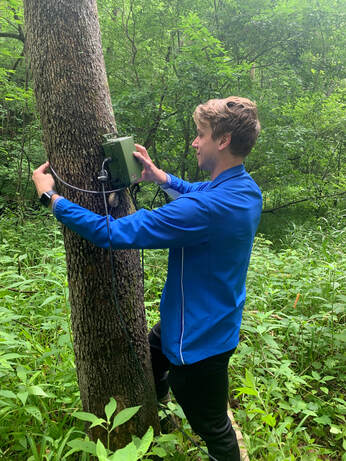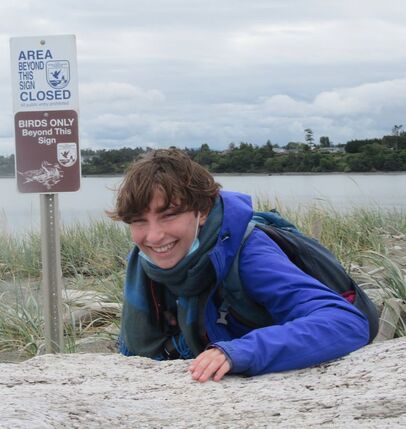Current Members |
|
Tih-Fen Ting, PhD
Principal Investigator (PI)
Tih-Fen Ting received her Ph.D. in Natural Resources and Environment from the University of Michigan. She has a M.S. in Wildlife from Humboldt State University and a B.S. in Biology from Tunghai University. Her research interests include conservation ecology and population-environment interactions. Broadly speaking, Dr. Ting is interested in examining and finding ways to conserve species, habitats, and ecosystems in our human-dominated landscapes. A major focus of her research program has been on the conservation and recovery of threatened and endangered species, including state-listed species such as Franklin’s ground squirrel, osprey, and short-eared owl. Students in her lab investigate population dynamics, occupancy, habitat use, and movement ecology of various wildlife. The research program of Ting Lab builds on the principles of conservation biology, population ecology, population genetics, ecological and spatial modeling, natural resources management, and other disciplines.
|
|
Amber Blackert
M.S. Candidate
I graduated from Southern Illinois University in Carbondale in Spring 2015 with my B.S. in Zoology with a specialization in wildlife biology and conservation, and a minor in environmental Science. I have worked and volunteered in different areas from volunteering in the bird house at Niabi zoo to conducting search efficiency surveys in conjunction to bat mortality due to wind turbines before starting as a technician at the Illinois River Biological Station in 2017 where I found my passion for fisheries. In July of 2019, I was promoted to the Emiquon Project Coordinator and shortly after began my graduate work on Emiquon. My research focuses on better understanding the influence of abiotic and biotic predictors on year class strength and yearly growth using otoliths from Bluegill, Largemouth Bass, and Black Crappie at the Emiquon Preserve.
|
|
Kara Phelps
M.S. Candidate
Kara graduated from Indiana State University in 2015 with a B.S. in Biology and a minor in Environmental Science: Sustainability. During her time at ISU, Kara was involved in various student organizations and volunteer work. She received her Master Naturalist Certification from the University of Illinois Extension in 2017, while volunteering with the Illinois Natural History Survey Mollusk collection, and the Center for Bat Research, Outreach, and Conservation. Kara also volunteers with the Upper Sangamon River Conservancy. In 2019 she started working at the Illinois River Biological Station, assisting with field surveys and in the lab with zooplankton identification. In 2020, she was promoted to technician crew leader, and works with Whooshh Innovations to study implementation and effectiveness of a novel fish ladder design between the Illinois River and The Nature Conservancy’s Emiquon Preserve. The research focuses on using the steeppass fish ladder as a means to remove invasive carps and allow native fish passage around manmade structures. Her thesis focuses on the effectiveness of the fish ladder and the contribution of Emiquon to the river’s zooplankton community.
|
|
Myles Genrich
M. S. Candidate
Myles Genrich graduated obtained his Bachelor of Science in biochemistry, with a minor in political science from Illinois College in 2022. As an undergraduate at Illinois College, Myles participated in student-faculty research dealing with bat activity and movement through Siloam Springs State Park in Illinois. In addition to the student-faculty research, Myles also worked as a supplemental instructor for organic chemistry and physics and he was inducted into the Phi Beta Kappa honors society. Outside of the classroom, Myles was a laboratory teaching assistant for general chemistry and a part of the Men’s Swim Team for all four years. He currently serves as a Graduate Public Service Intern (GPSI) at the Illinois Environmental Protection Agency (IEPA) in the Division of Laboratories. He works as a lab associate assisting state chemists in the inorganic unit. He is interested in the role of excess nutrients that are common from agricultural runoff and their influence on cyanobacteria blooms in freshwater systems. He hopes to gain clarity on this topic and how to better understand the environmental regulations throughout his time at the IEPA.
|
|
Lewis Hakam
M.S. Candidate
Lewis graduated with a bachelor’s degree in ecology and conservation biology and a minor in GIS and remote sensing from Boston University in 2020. Before starting his master’s, he worked as a field technician for various projects in the Pacific Northwest where he is originally from. These projects mainly focused removing invasive plant species, surveying and planting native species, and conducting catch and release surveys of the endangered Idaho ground squirrel. While Lewis has always enjoyed this work, he always wanted to work with birds. This pushed him to apply for the osprey research assistantship position with the Ting lab. He is now a first-year masters student at UIS working with satellite telemetry to analyze the movement ecology of juvenile osprey from the Midwest.
|
|
Christian Mirkowicz
B. S. Student
Christian is Sophomore majoring in Environmental Studies. He is from Hanover Park, which is about an hour west of Chicago in the Bartlett/Schaumburg/Elgin area. His future career goal is to become a Park Ranger in Yellowstone, or otherwise do some kind of conservation field work. Joining the Ting Lab will provide him valuable fieldwork and conservation experience so he can determine if his career goals are a good fit for him. When he is not doing schoolwork, you can find Christian experimenting with cooking and trying new recipes.
|
Home Team Research News Field Work Life in SPI Collaborators Get Involved
Dr. Tih-Fen Ting
Conservation Ecology Lab
Department of Environmental Studies
University of Illinois Springfield
Springfield, Illinois 62703-5407
Conservation Ecology Lab
Department of Environmental Studies
University of Illinois Springfield
Springfield, Illinois 62703-5407
